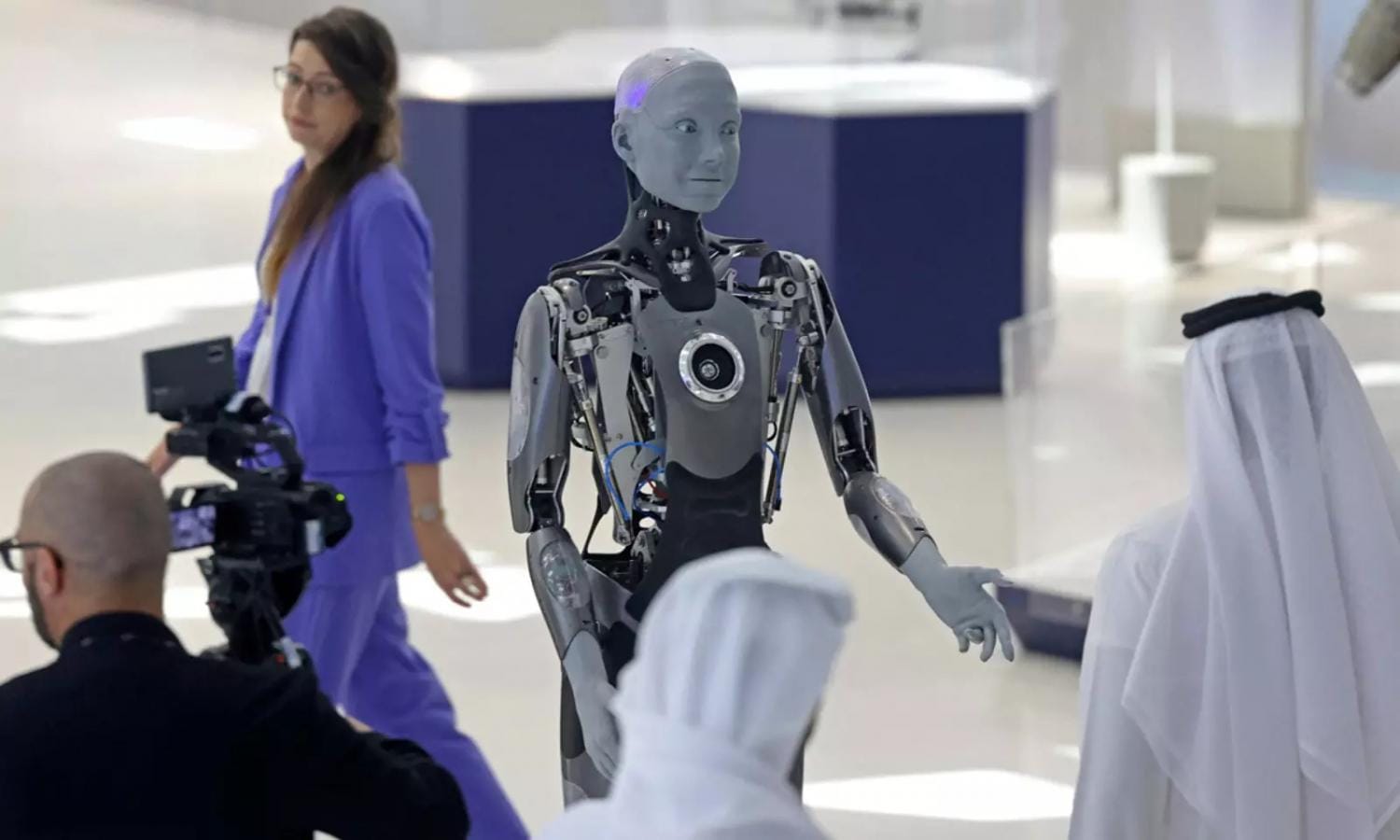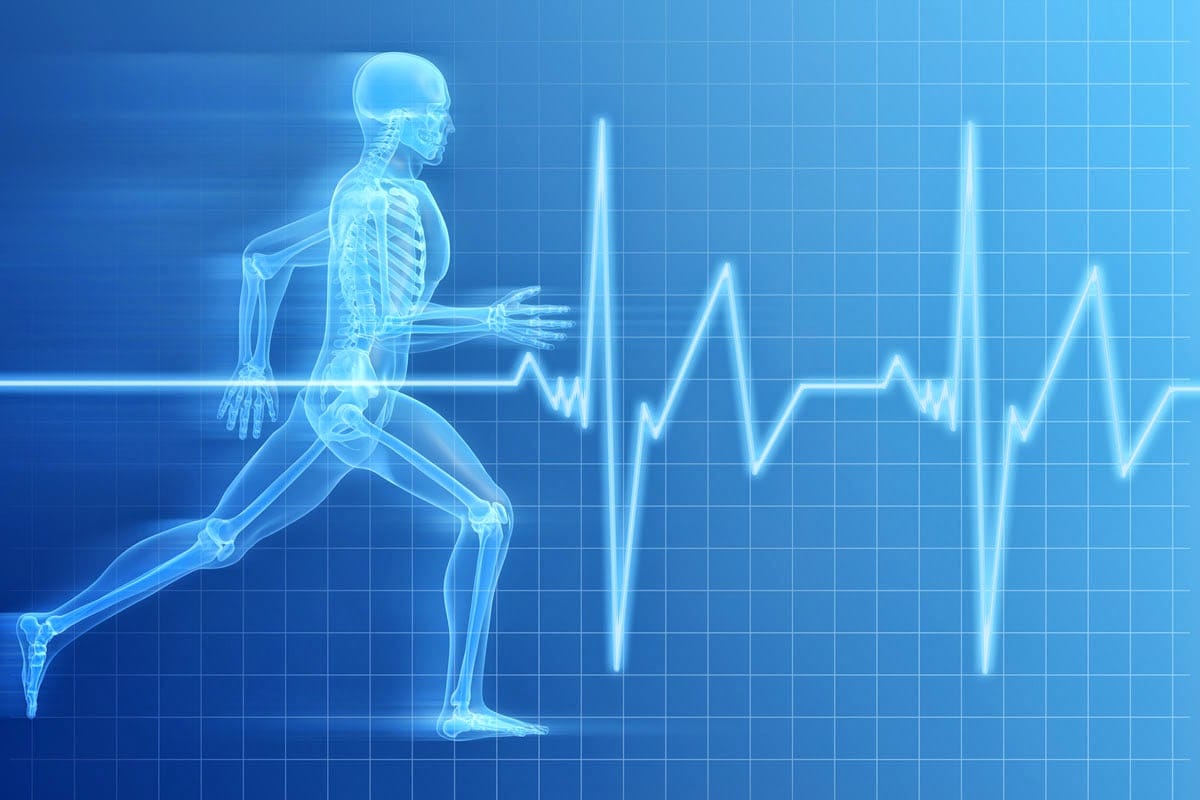As we stand on the brink of a technological revolution, robotics is at the forefront, transforming various aspects of our lives and industries. With rapid advancements and increasing integration into daily operations, the future of robotics is bright and full of promise. Let’s explore some of the key trends shaping the robotics landscape today!
1. Collaborative Robots (Cobots)
Forget the days when robots were confined to factories, working in isolation from humans. Collaborative robots, or cobots, are designed to work alongside human operators, enhancing productivity and safety. These robots are equipped with advanced sensors and AI, allowing them to interact safely and efficiently with their human counterparts.
Impact: Cobots are redefining the workplace, enabling a symbiotic relationship where humans and robots can collaborate on complex tasks, improving efficiency while reducing workplace injuries.
2. Artificial Intelligence Integration
The marriage of robotics and artificial intelligence (AI) is creating a new generation of intelligent machines. With machine learning algorithms, robots can learn from their experiences and adapt to new situations. This enables them to perform complex tasks, such as recognizing objects, understanding natural language, and making decisions.
Impact: AI-powered robots can streamline operations across various sectors, from healthcare to manufacturing, enabling higher efficiency and innovation in processes that were once labor-intensive.
3. Autonomous Robotics
The rise of autonomous robots is revolutionizing how tasks are executed without human intervention. From self-driving vehicles to drones delivering packages, autonomous robots are becoming increasingly reliable and efficient. These machines use sensors, cameras, and sophisticated algorithms to navigate their environments safely.
Impact: Autonomous robotics are set to change industries like logistics, agriculture, and transportation, improving speed, accuracy, and safety in operations.
4. Robotics in Healthcare
The healthcare sector is witnessing a surge in the adoption of robotics, with innovations aimed at improving patient care and operational efficiency. Surgical robots, such as the da Vinci Surgical System, allow for minimally invasive procedures, enhancing precision and recovery times. Additionally, robots are being used for rehabilitation therapy and elderly care, providing support and companionship.
Impact: Robotics in healthcare is improving outcomes, enhancing the quality of care, and addressing labor shortages in the medical field.
5. Advanced Manufacturing Robotics
Industry 4.0 is ushering in a new era of smart manufacturing, where robotics plays a crucial role. Advanced manufacturing robotics incorporate AI, IoT, and big data analytics to create intelligent factories that can optimize production processes in real time. These robots are capable of predictive maintenance, quality control, and supply chain management.
Impact: The adoption of advanced robotics in manufacturing will lead to increased efficiency, reduced downtime, and enhanced flexibility in production, allowing companies to respond quickly to market demands.
6. Robotics in Agriculture
Robotics is transforming agriculture through the use of precision farming techniques. Autonomous tractors, drones, and robotic harvesters are becoming commonplace, allowing farmers to optimize their operations and improve yield. These technologies enable farmers to monitor crops, manage irrigation, and apply pesticides more effectively.
Impact: The integration of robotics in agriculture promises to enhance food production, reduce labor costs, and promote sustainable farming practices, ultimately addressing global food security challenges.
7. Robotics for Environmental Monitoring
As the world faces pressing environmental issues, robotics is stepping up to help. Drones and robotic sensors are being deployed for environmental monitoring, allowing for real-time data collection on air and water quality, wildlife populations, and climate change effects. These tools enhance our ability to understand and respond to environmental challenges.
Impact: Robotics will play a critical role in advancing environmental protection efforts, helping us make informed decisions for a sustainable future.
8. Enhanced Human-Robot Interaction
The future of robotics is not just about machines performing tasks; it’s about how we interact with them. Human-robot interaction (HRI) research focuses on creating robots that can understand and respond to human emotions, gestures, and language. This development aims to make robots more intuitive and user-friendly.
Impact: Improved HRI will lead to greater acceptance of robots in society, making them valuable companions in various settings, from homes to workplaces.
Conclusion: Embracing the Robotic Revolution
The trends in robotics are not just shaping industries; they are transforming our daily lives. From collaborative robots enhancing workplace efficiency to autonomous vehicles reshaping transportation, the future is undeniably robotic.
As we embrace these advancements, it’s crucial to consider ethical implications and ensure that robotics complements human capabilities. The future is here, and it’s packed with exciting possibilities—so get ready to welcome robots into your world! 🤖✨



